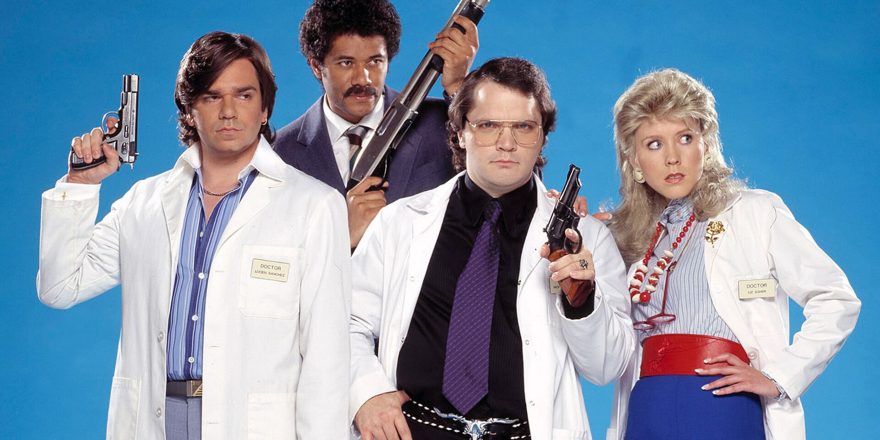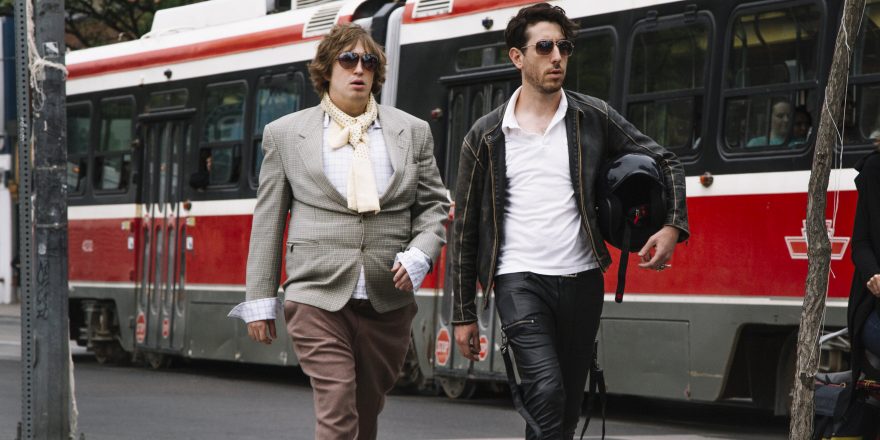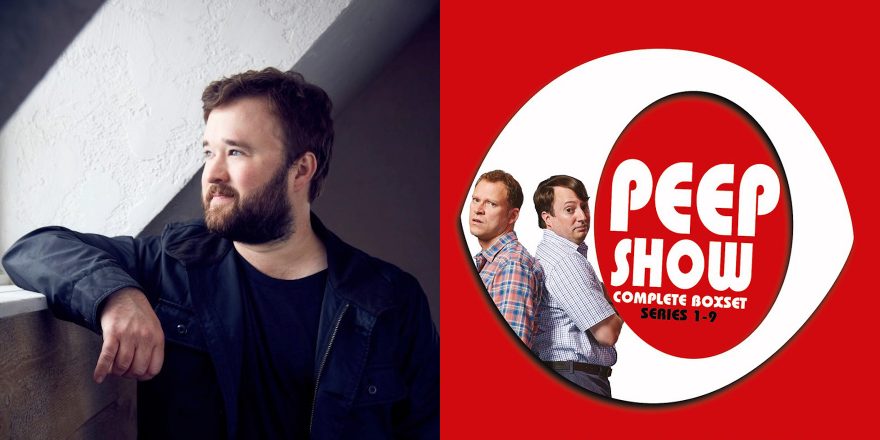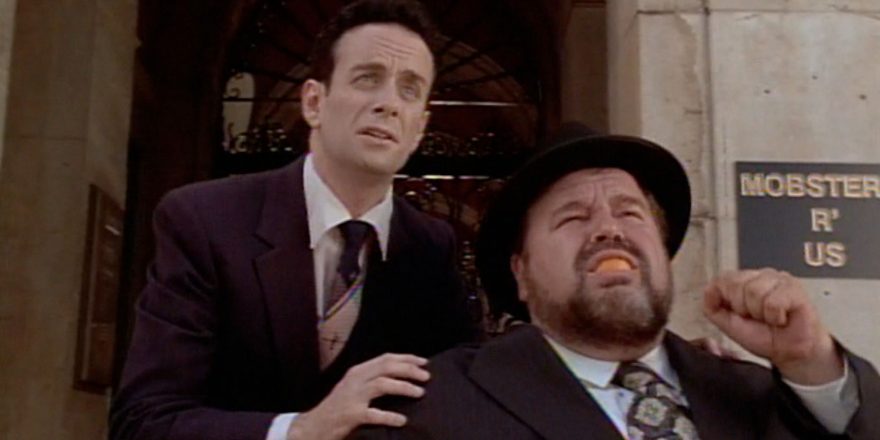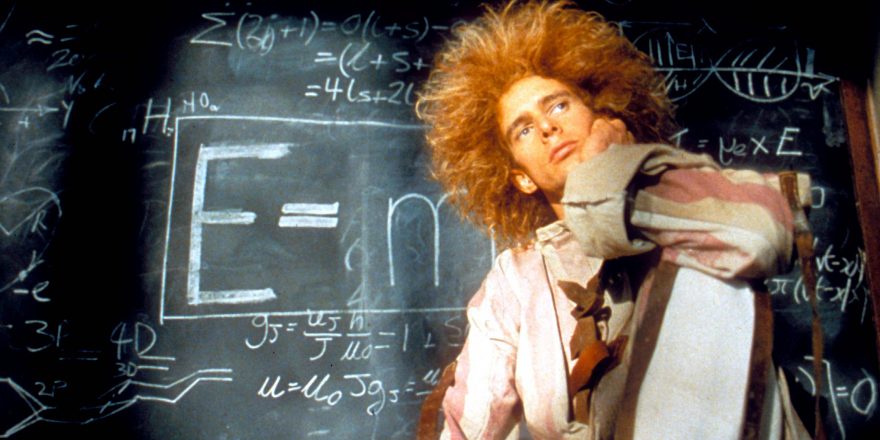As told to Nick Dawson by Jim Archer.
The reason I wanted to work in comedy and eventually become a director is the late-night comedy I used to watch on BBC Two and Channel Four as a kid. I’d be flicking between those channels, watching shows like Big Train, The Fast Show, Goodness Gracious Me, Black Books, etc. … But the two comedy shows I was obsessed with and that made me say, “Oh, I want to be in that world,” were Chris Morris’ news parody The Day Today and Garth Marenghi’s Darkplace. I never thought, “Oh, I can create that,” it was more like, “I want to be in the orbit of shows like that.”
I was probably 16 or 17 when Garth Marenghi’s Darkplace first was on. I can’t remember if I saw it on TV at the time, but I remember my friends and I quickly became obsessed with it because we had it on VHS and would rewatch it over and over again. It’s very layered and a double parody, which is the genius of it. It is a parody of an eighties horror show, but the actual show you’re watching is a commentary on the show, so it’s making fun of both the terrible, awful eighties show and also those type of shows that were around a lot in the mid ’00s where people just commented on old TV.
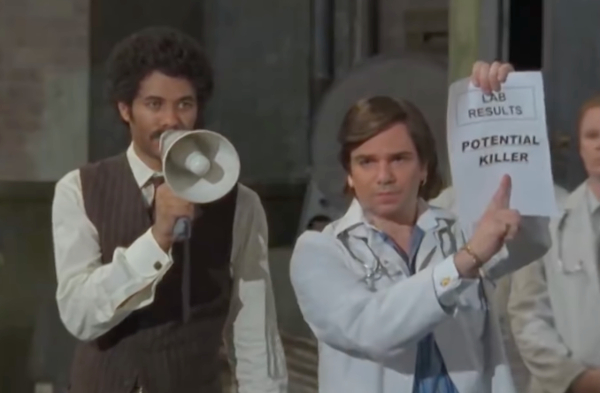
What I love about Garth Marenghi’s Darkplace is that it’s stupid, but it’s really intelligent with its stupidity. That’s what’s so interesting about it. It’s not just an intentionally bad TV show – and it’s actually really hard to make something bad be good – it’s much more than that. Every frame has a joke in it. It uses filmmaking as a way to make things funny: how the camera moves is a joke, how the sound is mixed is a joke, how the extras move is a joke. Literally everything on a film set is a way to make the audience laugh. You can have fun with the lights getting in shot, or with the props, like seeing someone throwing a cat onto set when a character needs to pet it.
Garth Marenghi’s Darkplace and The Day Today had this punk rock attitude where they wanted to just tear things apart and poke around at how they were made. I was really inspired by that. A lot of the stuff I’ve made since I started as a writer and director is sparked by me getting obsessed with these double levels of storytelling: the joke itself, and then the joke about the person telling the story. I find that really interesting.
I made a three-minute short film in 2016 called My Sister’s Dollhouse. It’s a parody of Vimeo documentaries where the filmmaker is making a piece about themselves which is incredibly earnest. It’s a parody of the structure of those films, but also of the person and why someone would make that type of film. Before that, I made another fake documentary called Phil, A Tribute to a Man, a five-minute film that ended up influencing how I shot my debut feature, Brian and Charles (and the short film it’s based on). I improvised a monologue with Joe Morpurgo, who plays the lead of Phil, A Tribute to a Man, then cut that audio down from four hours to five minutes and laid it over lots of artsy images of him running around a coastal town. It was poking fun at a type of documentary filmmaking featuring people who don’t really have much to say, but think their perspectives are profound and important.
As it’s on YouTube and on DVD, I’ve watched Garth Marenghi’s Darkplace over and over again. I think I’ve watched the music video with Matt Barry and Richard Ayoade probably 100 times. I can definitely sing that whole song by heart.
The show is only six episodes, and I’m almost glad it’s the length it is, as it’s such a specific idea and such a funny joke. At the time it first aired, I desperately wanted more, but I think another season would have almost felt like too much. It’s perfect just as it is.


